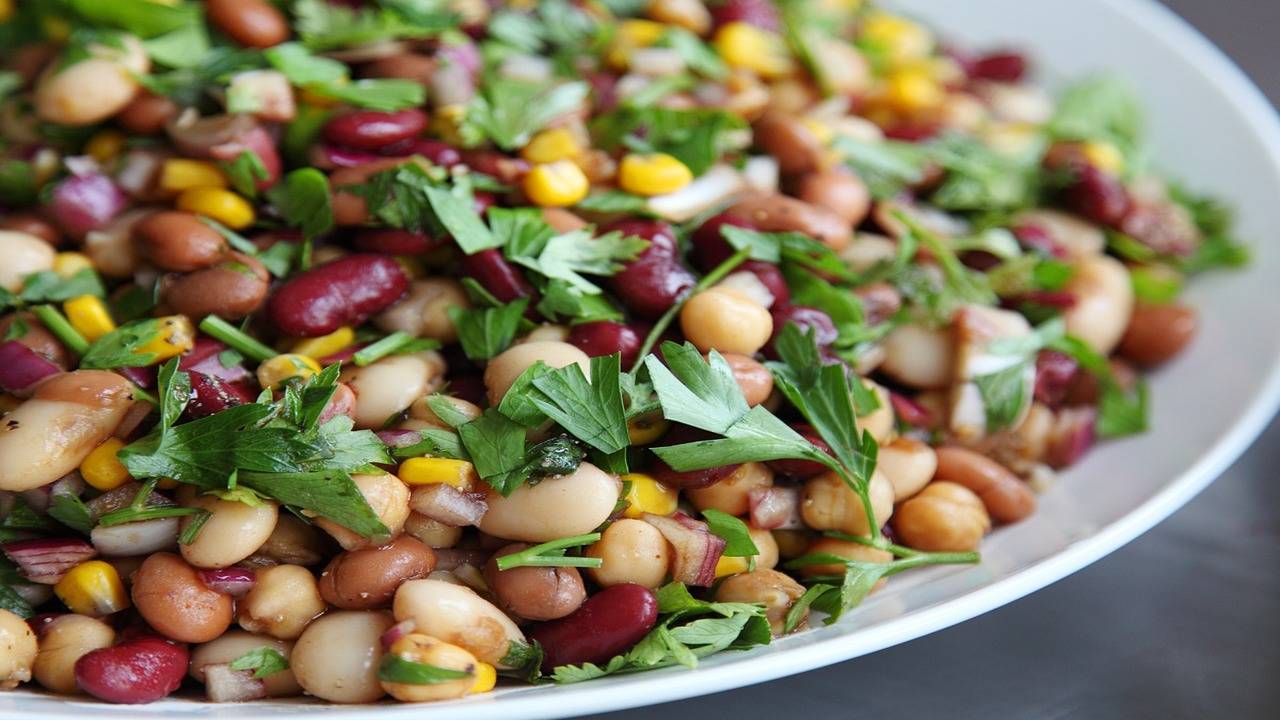Duration: 01:08
A known carcinogen lurks in a widely consumed grain. Here is how to reduce the danger. If you eat rice, you likely are ingesting arsenic, a known carcinogen that impacts virtually every organ in the body. Arsenic exposure has been linked to: Bladder, lung and skin cancer Diabetes Heart disease Lung diseases Skin lesions In utero impacts on a developing immune system Because arsenic is water-soluble, it accumulates naturally in rice grown in flooded fields. But a recent study has found that cooking rice in a specific way removes up to 50% of the naturally occurring arsenic in brown rice, and 74% in white rice, while retaining most of the grain’s nutrients. The trick is to cook the rice using a method known as “parboiling with absorption,” say researchers at the Institute for Sustainable Food at the University of Sheffield in England. This involves a few steps: Add water to a pot — using 4 cups of water for every cup of dry rice that you plan to cook — and bring the water to a boil. Add the rice to the boiling water and let the rice boil for five minutes. Drain and refresh the water, this time using 2 cups of water per cup of dry rice. Cook the rice on low to medium heat until all the water is absorbed. For years, experts have been concerned about the level of arsenic found in rice.
Send MSN Feedback
Please give an overall site rating:
Opens in a new window
Opens an external site
Opens an external site in a new window






